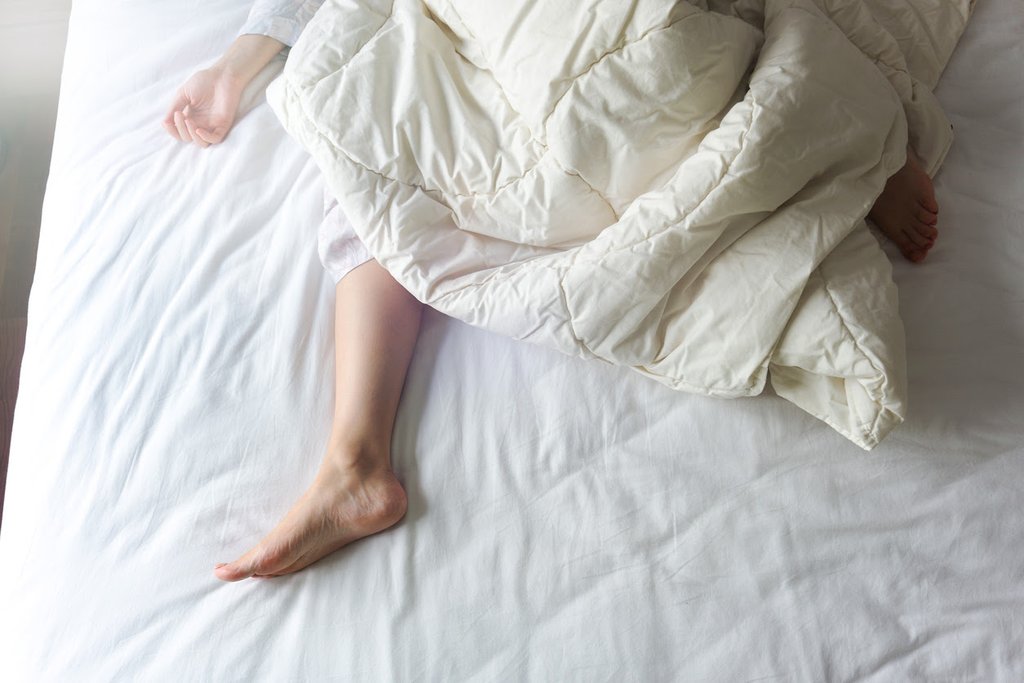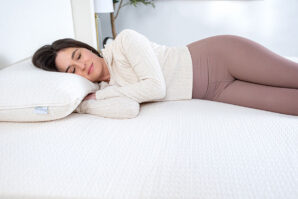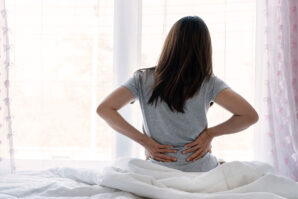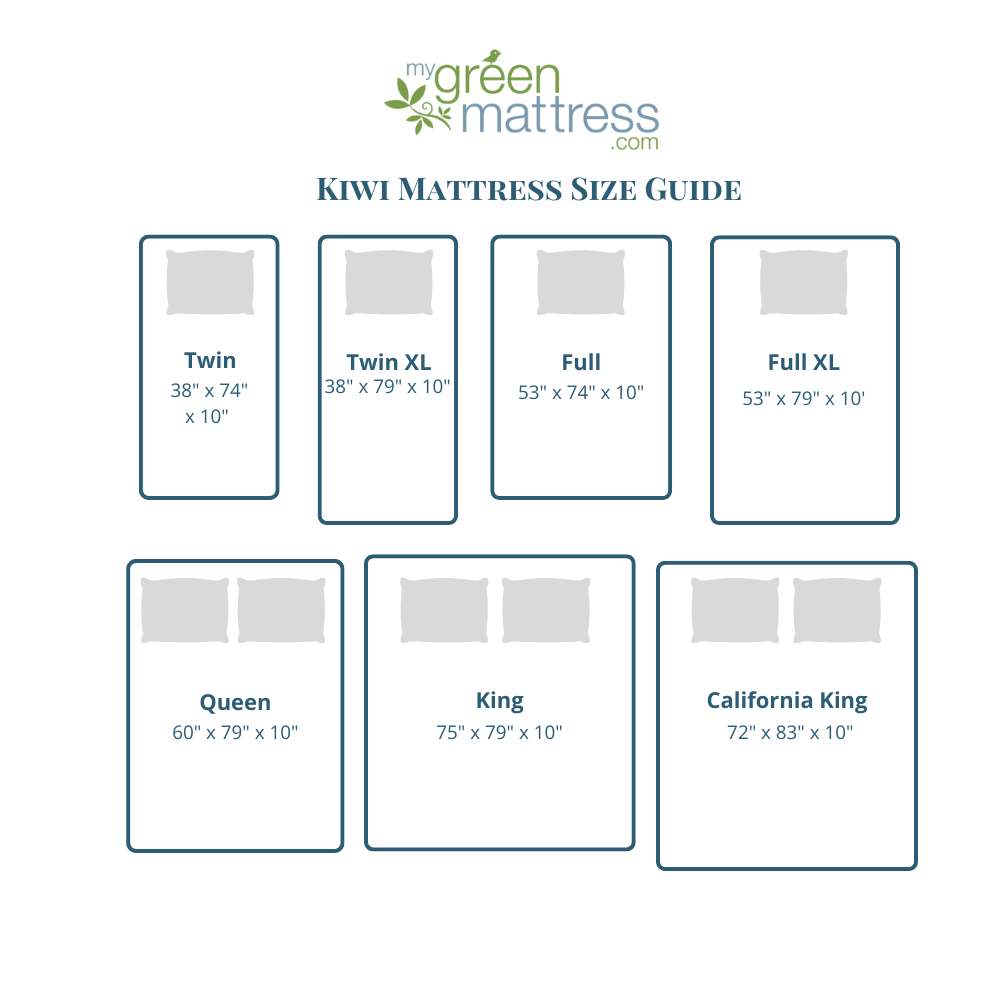Many adults lie awake at night, struggling with insomnia, and feeling nostalgic for the deep, uninterrupted sleep of youth. While it’s common to attribute sleeplessness in adults to increased stress, the need to care for children, or health issues, those may not be the only causes. Science is showing us that, regardless of other factors, adults have less sleep overall, and less satisfying sleep, than young people. In fact, our sleep cycles change significantly throughout our lifetimes.
Sleep Patterns in Young People
Sleep patterns in adolescents and young adults are distinct from sleep patterns at any other time in life. While experts recommend eight to 10 hours of sleep for young adults, just like they recommend it for adults, recent studies have shown that teens should be at the longer end of this range, recommending 9-10 hours of sleep a night or more.
This is complicated by the fact that adolescents and young people also have a distinct circadian rhythm. For teenagers, melatonin production occurs later in the evening, and persists until later in the morning, meaning that they often don’t feel the need to sleep until 11pm or later, and then struggle to wake in the morning. It’s important to note that young people spend a greater percentage of time in the deepest phases of sleep, and that this deep sleep phase is when human growth hormones are best produced.
These biological factors, along with lifestyle factors like using digital devices in bed, often put young people at odds with traditional school schedules, and can lead to chronic sleep deprivation.
Sleep Patterns in Adults
Adults require slightly less overall sleep than adolescents, and 7-9 hours is the recommended amount.
However, adult sleep is typically not as deep or satisfying as the sleep of a young person, because adults spend less time in the deeper phases of sleep than young people do. Adults tend to sleep fewer hours and more lightly overall, and have more difficulty falling asleep or staying asleep.
Sleep difficulty particularly affects women, for a variety of reasons. Studies show that women often have disrupted sleep because of hormonal changes, whether these hormones are varying due to pregnancy, the menstrual cycle, or menopause. Women’s sleep is also more affected by social and cultural issues, where women tend to be more directly responsible for care of infants and young children, which frequently disrupts sleep.
Sleep Patterns in Older Adults
Most people experience a life-long gradual trend in sleep changes. As adolescents, they require the most sleep overall, sleep the most deeply, and sleep later in the night. Over time, we require slightly less sleep, sleep less deeply, and our circadian rhythm shifts our melatonin production earlier in the evening.
By the time we are seniors, we may require only 6-8 hours of sleep at night, and seniors often sleep early and wake early. Seniors often struggle with disrupted, interrupted sleep, and experience a greater distinction between sleeping and waking, so that these disruptions are more conscious and evident.
Interestingly, studies show that the circadian rhythm declines with age, having less influence over our sleep patterns than when we were younger. The middle-aged brain doesn’t rest as deeply at night, and isn’t quite as active during the day.
This decline in the circadian influence over time opens up interesting avenues for further research and a greater understanding of sleep. But it also teaches us an important lesson: over time, our brains lose the ability to compel us to get the sleep necessary for optimal health. It therefore becomes even more important that we learn and practice healthy sleep behaviors over our lifetimes, so that we have the good habits we need to support us in healthy aging. As our bodies naturally change, a lifetime of good sleep practices and habits will pay off in better sleep for years to come.









